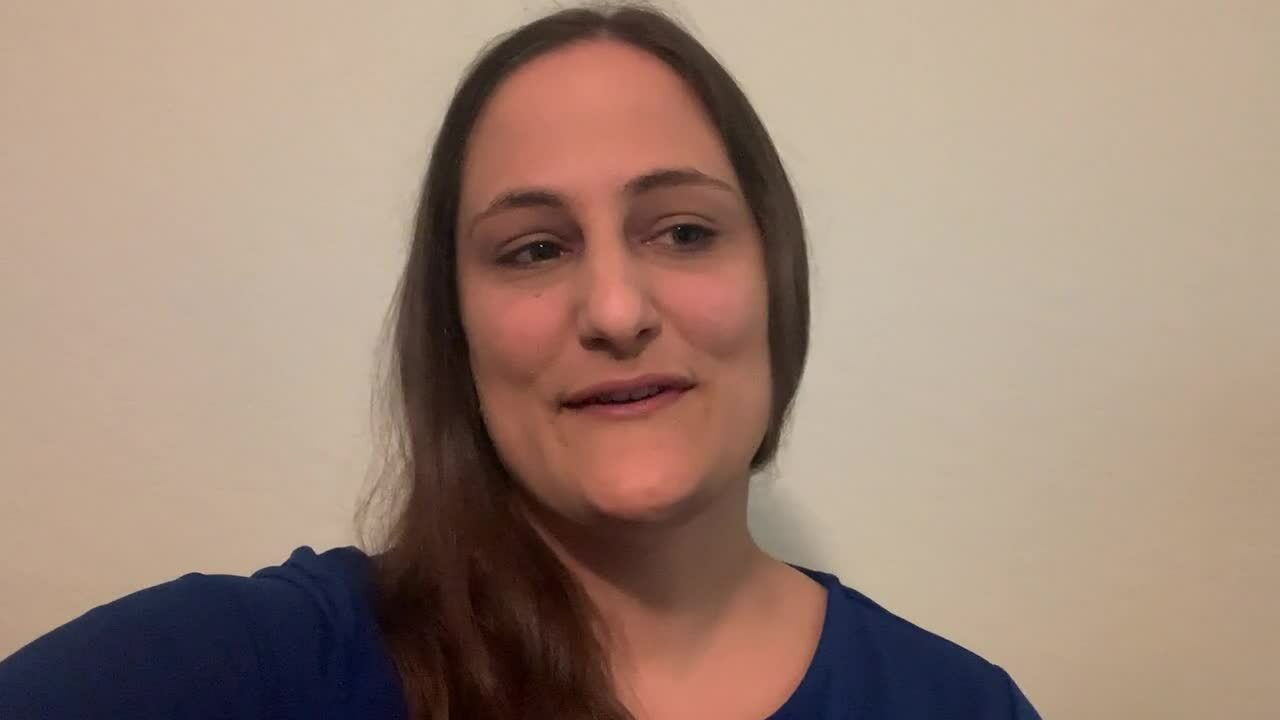Patients with one or more chronic conditions face a litany of obstacles in adhering to their drug regimen. Access to drugs, prohibitive costs, missed appointments and severe side effects may all contribute to a patient becoming nonadherent.
GLP-1 therapies pose many of the hurdles that threaten drug adherence. They have side effects that can become severe. They require self-injection, which often makes patients uncomfortable without proper supervision. They also require high financial commitment because insurance does not cover their cost. Without financial aid, many patients may not have the means to stay on the therapy for the appropriate amount of time.
My company’s research has shown that a high-touch approach to specialty patient care can combat the risk factors of non-adherence, shorten the time to treatment and reduce the cost of care. The same model that improves outcomes in other chronic disease states at major health systems could optimize the effectiveness of the new GLP-1 therapies.
Complex medications like GLP-1s need what we call “integrated care.” This includes integrating specialty pharmacists into the clinical care team—which also includes the primary care physician and any specialists the patient is seeing. (Disclosure: My company helps with this, as do others.)
An ecosystem of care providers around the patient can make care less fragmented, and it positions these professionals to address issues as they arise. Specialty pharmacists often see the patient more than the prescribing physician, so they need to have close contact with the rest of the care team to flag signs of trouble and answer patient questions about their therapy.
Many of the challenges of integrating specialty pharmacy services into a hospital or health system stem from relationship building. The relationships between hospitals, insurers and drug manufacturers create networks that dictate where and how patients receive therapy. To increase drug access for patients, the hospital-based specialty pharmacy needs network connections with drug manufacturers and insurers, which can prove difficult to forge without holistic effort from clinical, pharmacy and hospital leadership teams.
Savvy health systems are also shifting their strategy as they adopt more risk-based contracts with insurers. The Centers for Medicare and Medicaid Services (CMS) is gradually replacing fee-for-service reimbursement with “value-based” contracts that reimburse providers based on quality-of-care metrics. Making care providers more accountable for all aspects of complex patient care can help better control patient outcomes—which is increasingly critical with a more financial stake in those outcomes.
I’ve also seen an increase in self-funded employee plans, affordable care organizations (ACOs) or health system-managed patient health plans—giving the health system more control over where patients receive care.
Health systems that evolve into a payer and a provider—or a “payvider”—can maintain better control of patient outcomes by incentivizing patients to fill prescriptions at the hospital or a preferred partner. I’ve found this more holistic approach can bring savings to the health system.
GLP-1 therapies are positioned to make a major impact on the healthcare system, but we can improve the support system around them to optimize their performance. For example, it’s important to make sure that patients on these therapies have consistent, frequent touchpoints with a care provider.
We also cannot fully support patients who need these drugs without a robust financial aid structure. Care providers should explore every available avenue to help patients navigate paying for their drugs, which can be a major expenditure when paying out of pocket. As an example, the health system can help patients identify which drugs have a rebate program that the patient may not know about. Also, health system networks have the negotiating power to access drugs at a lower cost for the patient.
This is not just an opportunity to optimize GLP-1s but any new class of therapy. We can set a precedent for future specialty drugs in new disease states that relies on the tried-and-true model of integrated care rather than leaving patients to manage too much of their care on their own.
Stephen West is the President of Shields Health Solutions, a premier specialty pharmacy accelerator in the U.S. Read Stephen West’s executive bio, or follow him on LinkedIn.






